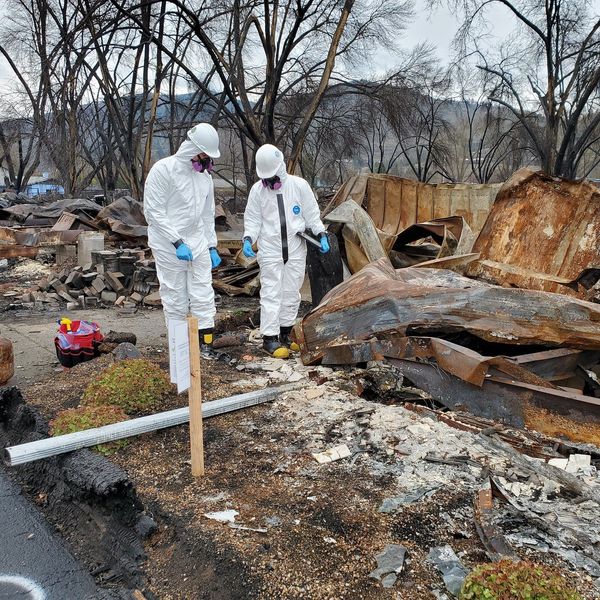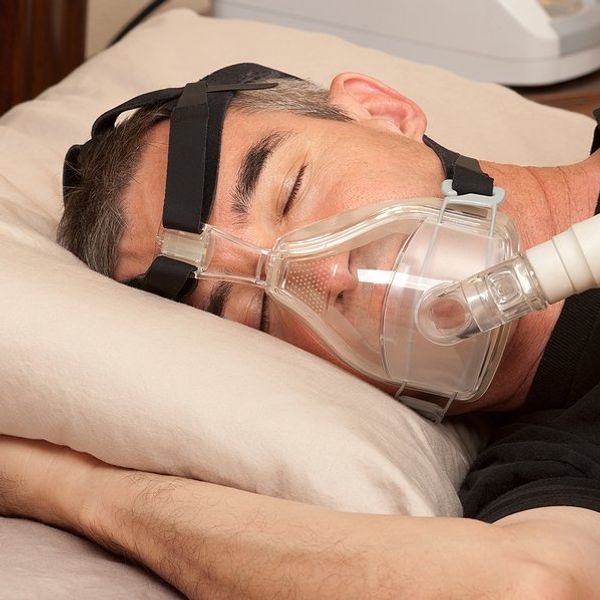Recent research in aquaculture, the farming of fish and other marine organisms, reveals a growing concern: farmed fish contaminated with microplastic particles by way of their feed.
These studies are troubling because they show that farmed fish are directly being fed plastics, which can impact their health and nutritional value. Microplastics could also contaminate people who eat these fish. Unless something changes, experts warn that this could grow into an issue of food security by threatening a major source of nutrition for communities around the world.
In one new study published in the journal Aquaculture, scientists sampled 26 fishmeal products from 11 countries on four continents plus Antarctica and found plastics in every sample except the one from Antarctica. In another study published last year in the journal Environmental Science and Pollution Research, scientists found that when different carp were fed different fishmeal, those fish eventually accumulated microplastics in their bodies that closely matched those in the fishmeal fed to them.
Fishmeal is a core ingredient in fish feed given to farmed seafood, however, and the fish farming industry is not likely to replace it anytime soon. Fish feed itself is made from a variety of ingredients in addition to fishmeal, often including vegetable meals, oils, supplemental vitamins and minerals, and fishmeal. Fishmeal is a protein-rich, flour-like substance made from dried and milled wild fish and fish byproducts.
The United Nations (UN) does say that fishmeal production is slowing—due to decreasing wild stocks of fish used for fishmeal like herring, mackerel, and anchovies—and is projected to increase by just 1 percent by 2030, compared to aquaculture's total projected production increase of 32 percent. Fish feed products are increasingly relying on vegetable products as a result. But nevertheless, experts say the high prevalence of microplastics in these products is still a concern, and one difficult to surmount.
"It's not possible, actually, to make plastic-free fishmeal or fish feed," Sedat Gündoğdu, a marine biologist at Çukurova University and author of the recent Aquaculture study, told EHN. Since the ocean is one large system hosting tons of plastic waste, he said, basically "all food stuff derived from marine environments is polluted with plastic."
The ubiquity of plastics basically guarantees that microplastics will find their way into any fish products, including the feed given to farmed fish.
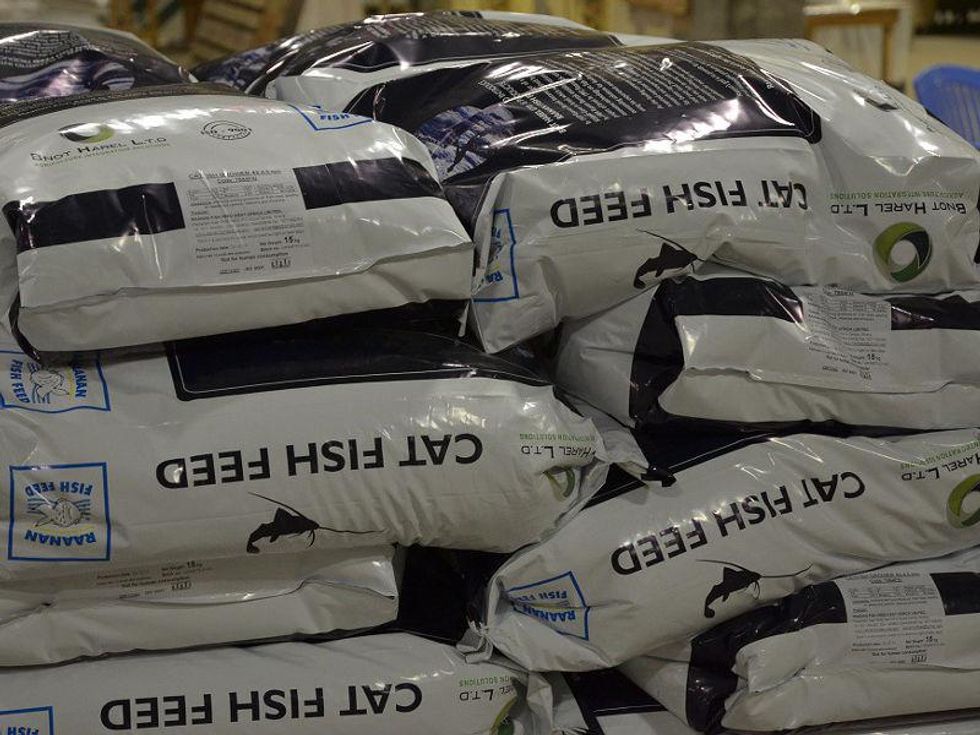
"It's not possible, actually, to make plastic-free fishmeal or fish feed," marine biologist Sedat Gündoğdu said. (Credit: WorldFish/flickr)
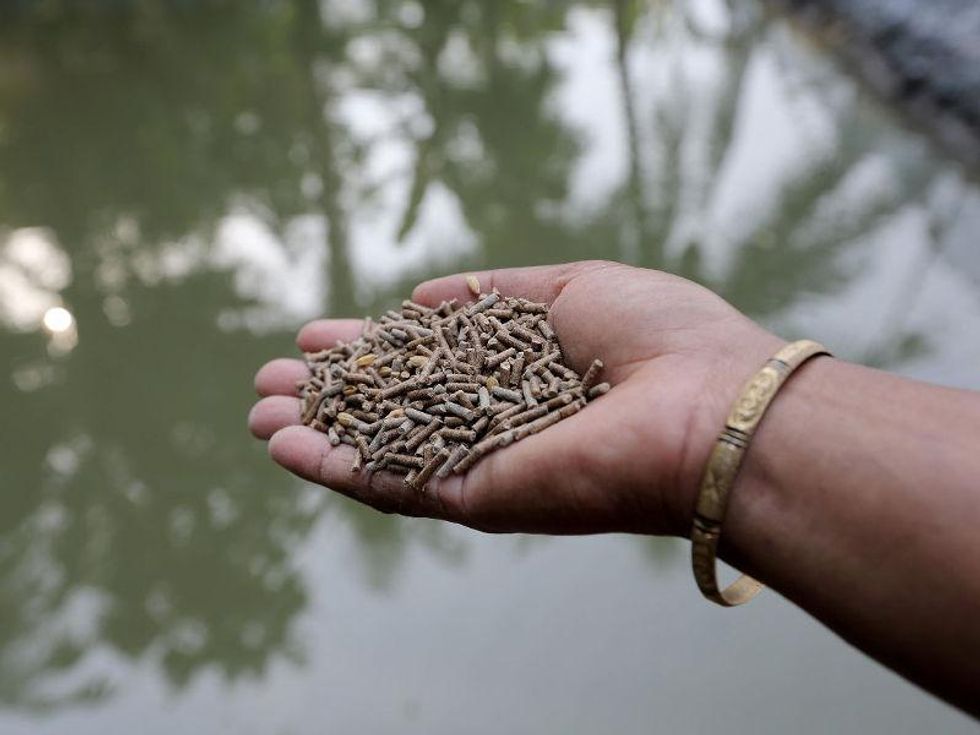
Scientists sampled 26 fishmeal products from 11 countries and found plastics in every sample except the one. (Credit: WorldFish/flickr)
Plastic in organs
Studies have long documented microplastics in captured seafood. A recent literature review found that an average of 60 percent of fish—198 species captured in 24 countries—contain microplastics in their organs. The types of fish most commonly used for fishmeal—all smaller fish that are lower in the food chain—tend to have very high levels of microplastics.
But not all the plastics consumed by fish will be absorbed into their bodies. Gündoğdu said that particles larger than 130 micrometers—roughly the size of a small grain of sand—will sometimes collect in the animal's gut, but will not collect in the animal's organs or tissues. Unfortunately, Gündoğdu's team found microplastics under that size, which means some of these particles can pass the fishes' intestinal barriers and enter their organ tissues. This could lead to inflammation, smaller body sizes, and injury to their gills.
Many people don't eat fish organs, Tony Walker, an environmental scientist at Dalhousie University, told EHN. Especially in the Western world, people tend to eat only fish muscle, (fillets), he said—and right now there is not a lot of evidence showing microplastics making their way into muscle tissue. But there are still plenty of communities around the world whose diets and cuisines include whole fish.
The toxic effects of consuming microplastics in humans are still unclear, especially in the long term. But depending on the type consumed, there is evidence that microplastics can exacerbate asthma, inflame the immune system, damage internal organs like kidneys, and even make their way to placentas of pregnant women.
Decreased nutrition
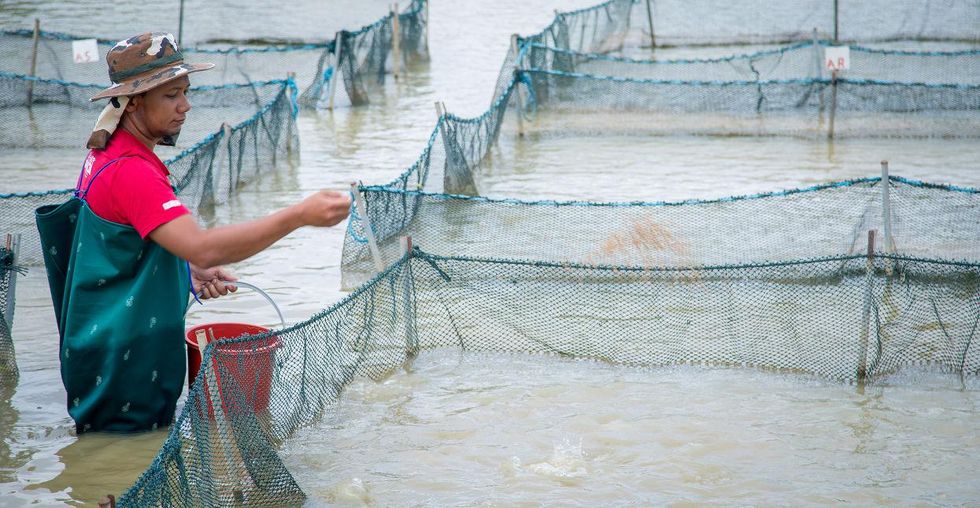
Feeding fish in cages, Jitra, Malaysia. (Credit: WorldFish/flickr)
Walker said that microplastics change the health of the fish we eat, which could impact nutrition. In one experiment where trout were purposely fed microplastics, Walker and his team found that even if the particles were not absorbed in the guts of fish—meaning the plastics were all excreted—microscope analysis showed that trout cells deformed. While we don't yet fully know how ingesting plastics may impact our health, Walker said, it is certainly making our food sicker.
As global fish consumption grows, experts cite aquaculture as a powerful tool to fight food insecurity—it now accounts for 46 percent of all fish production. In fact, fishery and aquaculture production growth has outpaced human population growth over the past 50 years, according to the UN. With so many communities relying on seafood globally, ensuring that fish are safe for human consumption is imperative.
Studies show that microplastic-fed seafood have lower feeding rate, body mass, and metabolism. A recent UN report states that in aquaculture, a new disease emerges, spreads, and causes "major production losses approximately every three to five years." Microplastics can carry fish-disease causing bacteria, making an infectious disease epidemic in farmed fish populations increasingly likely.“A plastic trap”
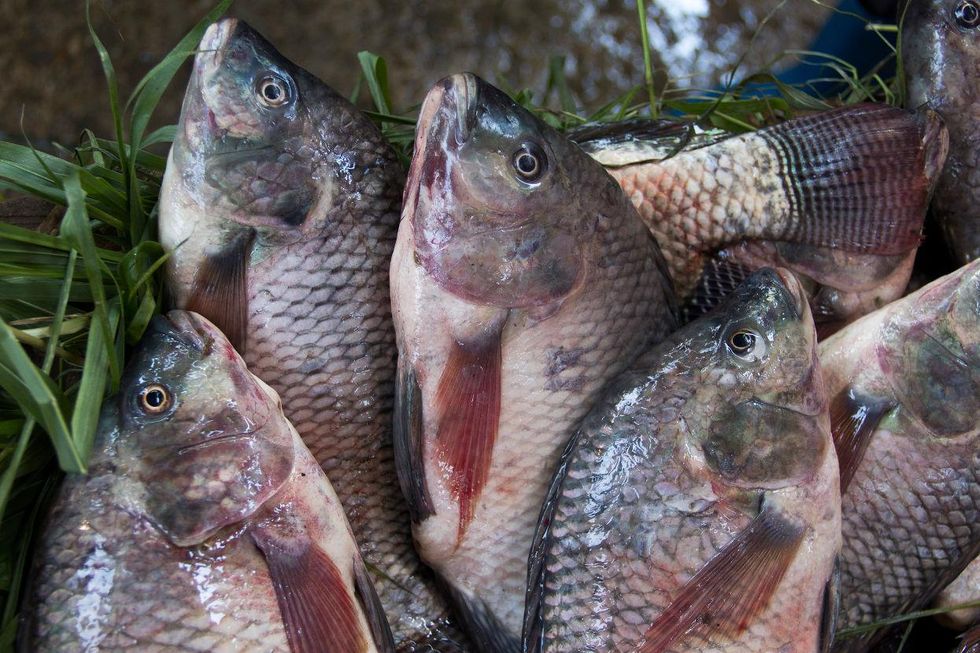
Farmed tilapia. (Credit: World Fish/flickr)
We know that the kinds of fish used in fishmeal are plastic-laden, so removing that fishmeal from fish feed could be effective at reducing the amount of microplastic farmed fish consume, Juan José Alava, a marine ecotoxicologist at the University of British Columbia, told EHN. "That's an important transition," he added, "because we want to protect the final consumer."
Despite concerns from ecologists and environmental scientists, the International Fishmeal and Fish Oil Organisation (IFFO) states that "a fish-free feed concept is based on flawed thinking." IFFO's Director General, Petter Martin Johannessen, wrote in an email to EHN that removing fish from fish feed is "both uneconomic and impractical" as fish feed producers would need to add multiple new ingredients to achieve the same nutritional value.
Johannesen added that aquaculture's continued growth means that fish feed will need to keep up, and "the mobilization of all the available feed ingredients will be crucial." Therefore, in the future, "fishmeal is not to be replaced but supplemented," he wrote.
Unfortunately, even if removing fishmeal from fish feed became a global priority, the fish feed industry is so globally sprawled and non-homogenous that it would be a gigantic task, Gündoğdu said. And it wouldn't fully solve the issue of farmed fish eating microplastics. Gündoğdu and his team did not study other feed ingredients, like the vegetables and oils, that could also be contaminated with plastics by factory production processes.
Even if fish do not directly consume plastic particles, there are plenty of other routes of exposure, Alava added. The nets and pens that contain farmed fish are possible sources of contaminants, as are the clothes from fishery workers. "As long as there are humans, that's a potential source for exposure to contaminants."
When you analyze microplastic contamination, you see the story of human plastic use, said Gündoğdu.
Everyone needs to understand that "if you use plastic, then this pollution will come back to your plate," he said. "We are in a plastic trap."
Banner photo: Farmer feeding fish in Egypt. (Credit: Heba El Begawi/WorldFish)




















